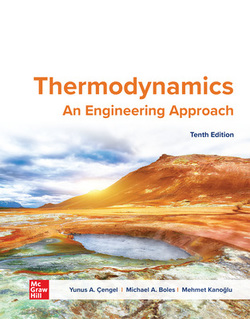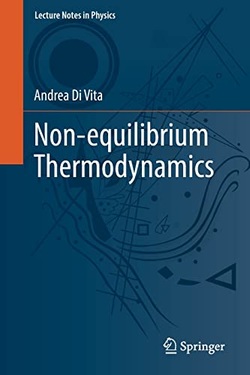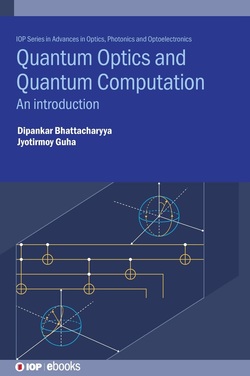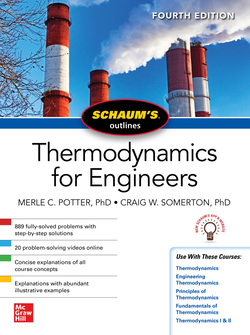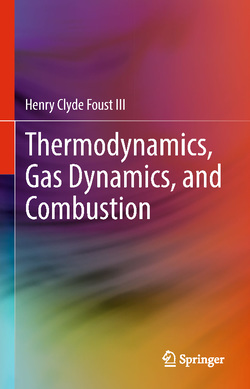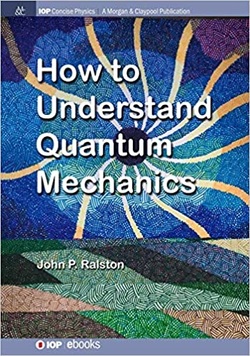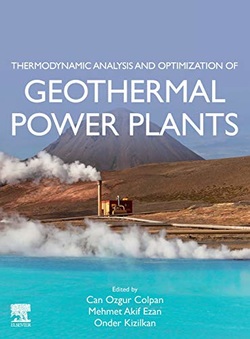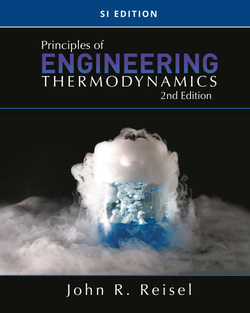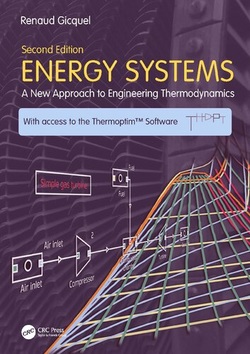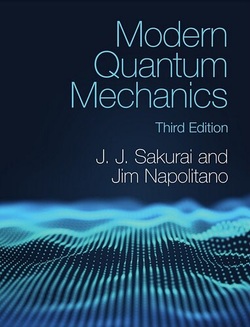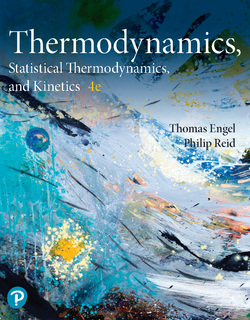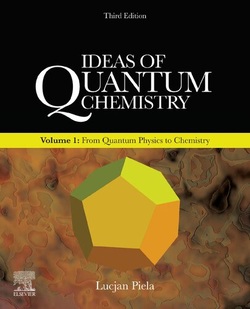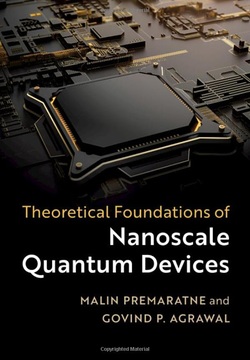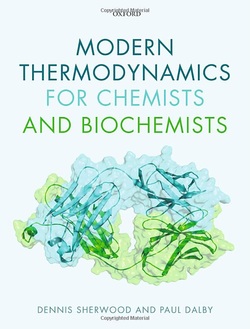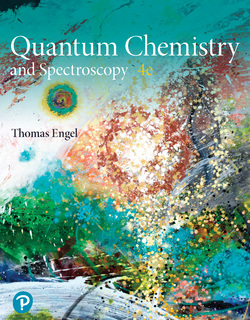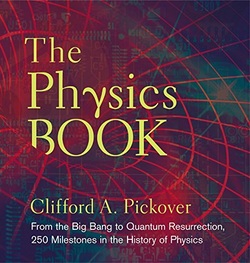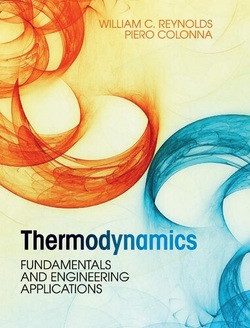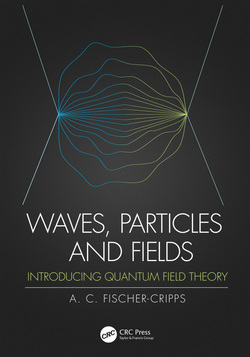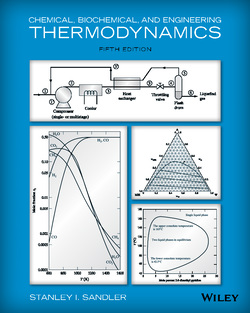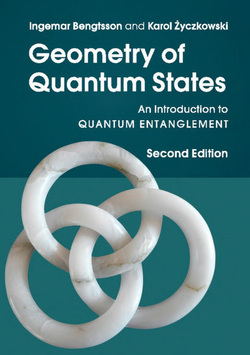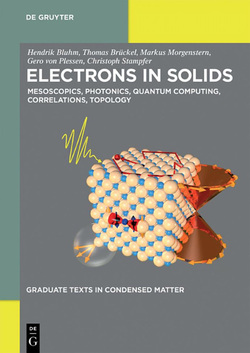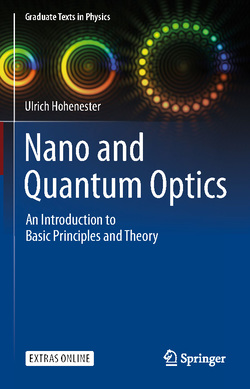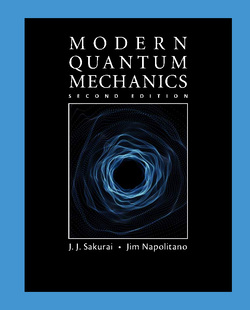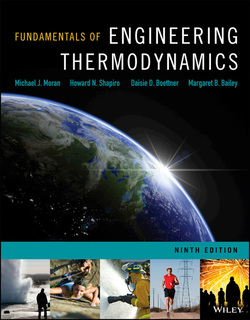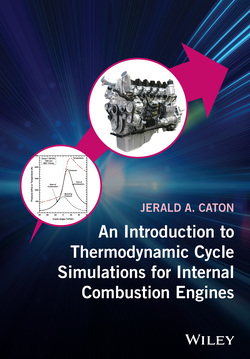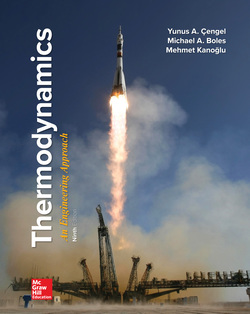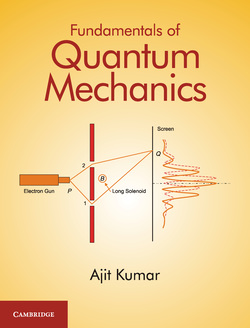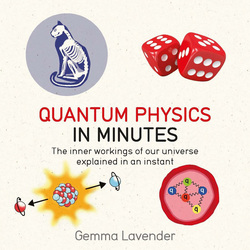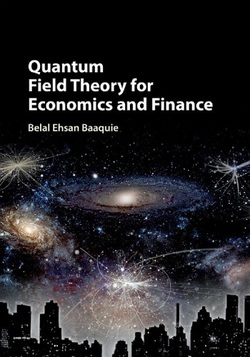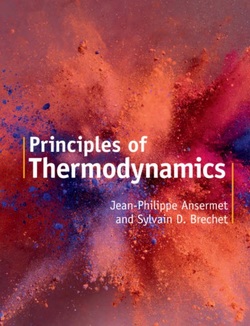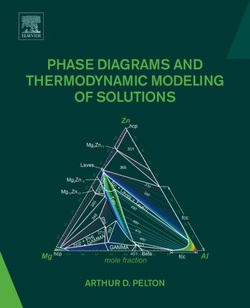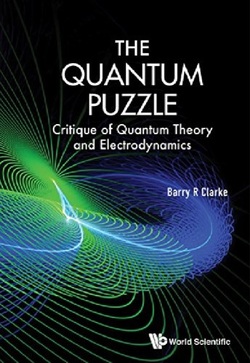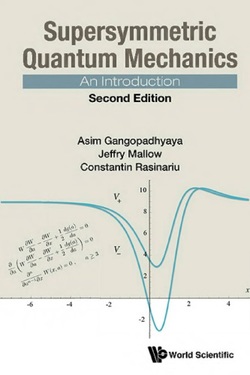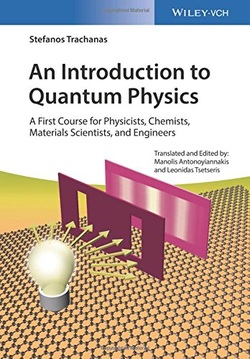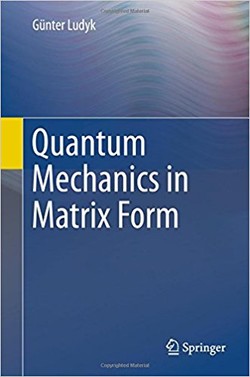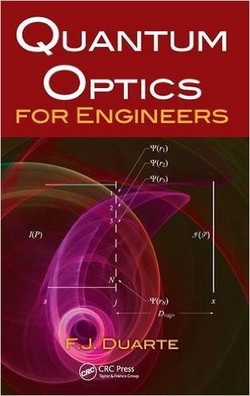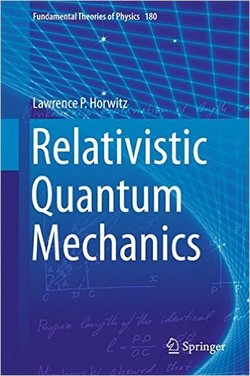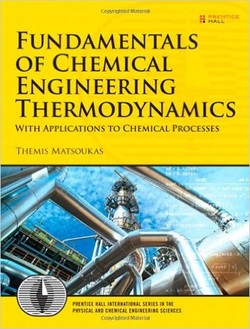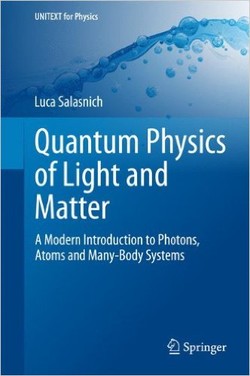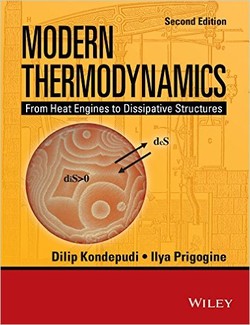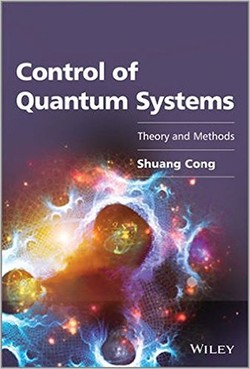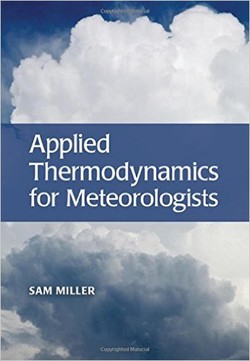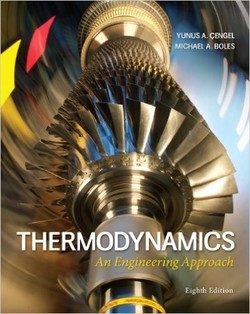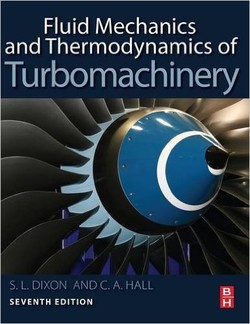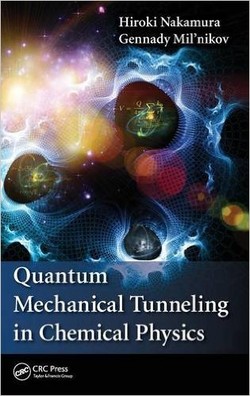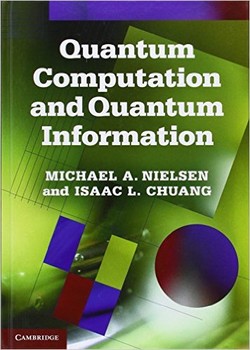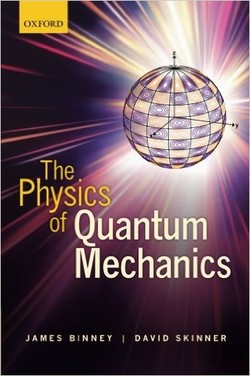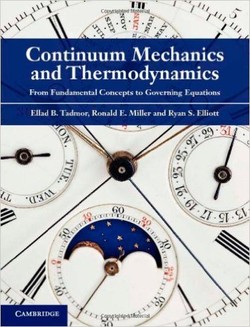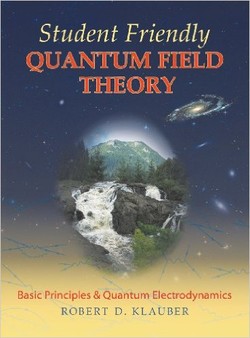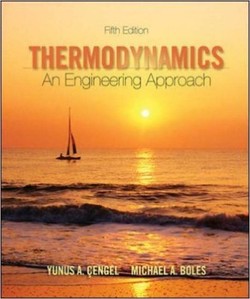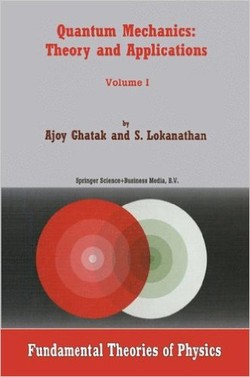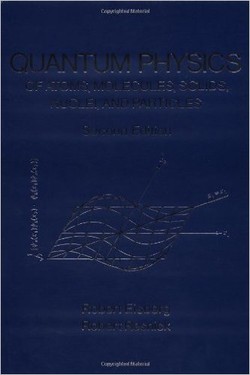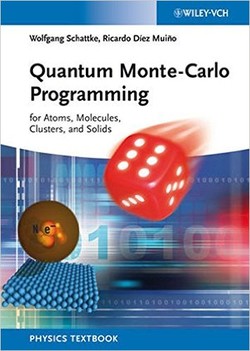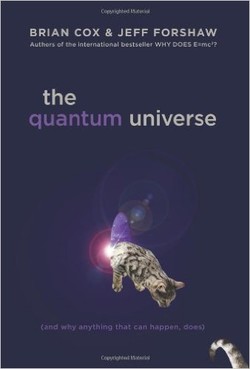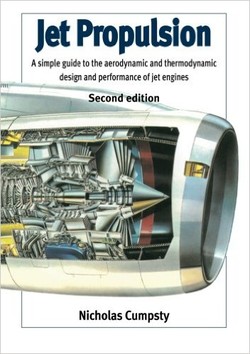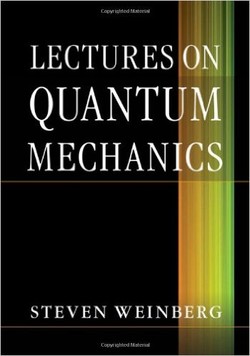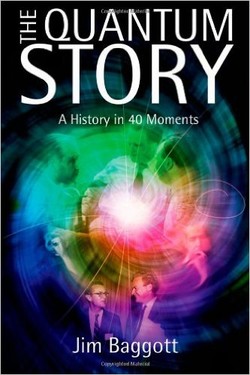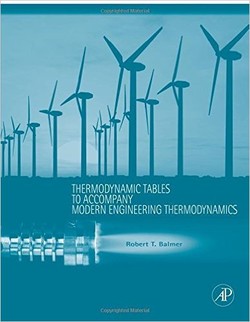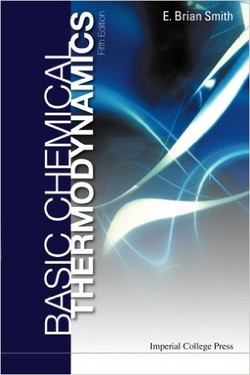ترمودینامیک کوانتومی؛ ظهور رفتار ترمودینامیکی در سیستمهای کوانتومی کامپوزیت
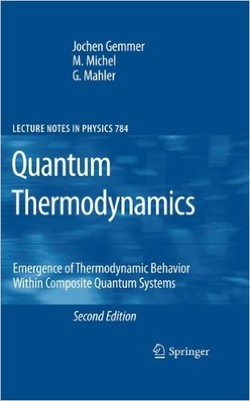
نام اصلی این کتاب Quantum Thermodynamics ، Emergence of Thermodynamic Behavior Within Composite Quantum است که 88 تصویر و 25 فصل داشته و موضوع آن دربارهی ترمودینامیک سیستمهای کوانتومی با تعداد درجات آزادی بسیار بالا میباشد.
دو فصل اول کتاب به بیان مفاهیم مکانیک کوانتومی، مکانیک آماری و ترمودینامیک اختصاص پیدا کرده، در فصل سوم مختصری دربارهی تابع پارش صحبت شده، این مباحث 3 فصل بخش اول کتاب را تشکیل میدهند.
بخش دوم کتاب دربارهی حالتهای تعادل ترمودینامیکی سیستمها و در بخش سوم گذار از حالت تعادل و به اصطلاح Non-equilibrium مورد بررسی قرار میگیرد.
دو فصل اول کتاب به بیان مفاهیم مکانیک کوانتومی، مکانیک آماری و ترمودینامیک اختصاص پیدا کرده، در فصل سوم مختصری دربارهی تابع پارش صحبت شده، این مباحث 3 فصل بخش اول کتاب را تشکیل میدهند.
بخش دوم کتاب دربارهی حالتهای تعادل ترمودینامیکی سیستمها و در بخش سوم گذار از حالت تعادل و به اصطلاح Non-equilibrium مورد بررسی قرار میگیرد.
سال انتشار: 2009 | 398 صفحه | حجم فایل: 12 مگابایت | زبان: انگلیسی
Quantum Thermodynamics: Emergence of Thermodynamic Behavior Within Composite Quantum Systems
نویسنده
Jochen Gemmer, M. Michel, G. Mahler
ناشر
Springer
ISBN10:
3540705090
ISBN13:
9783540705093
قیمت: 16000 تومان
برچسبها: ترمودینامیک فیزیک کوانتوم Over the years enormous effort was invested in proving ergodicity, but for a number of reasons, con?dence in the fruitfulness of this approach has waned. ― Y. Ben-Menahem and I. Pitowsky [1] Abstract The basic motivation behind the present text is threefold: To give a new explanation for the emergence of thermodynamics, to investigate the interplay between quantum mechanics and thermodynamics, and to explore possible ext- sions of the common validity range of thermodynamics. Originally, thermodynamics has been a purely phenomenological science. Early s- entists (Galileo, Santorio, Celsius, Fahrenheit) tried to give de?nitions for quantities which were intuitively obvious to the observer, like pressure or temperature, and studied their interconnections. The idea that these phenomena might be linked to other ?elds of physics, like classical mechanics, e.g., was not common in those days. Such a connection was basically introduced when Joule calculated the heat equ- alent in 1840 showing that heat was a form of energy, just like kinetic or potential energy in the theory of mechanics. At the end of the 19th century, when the atomic theory became popular, researchers began to think of a gas as a huge amount of bouncing balls inside a box.
